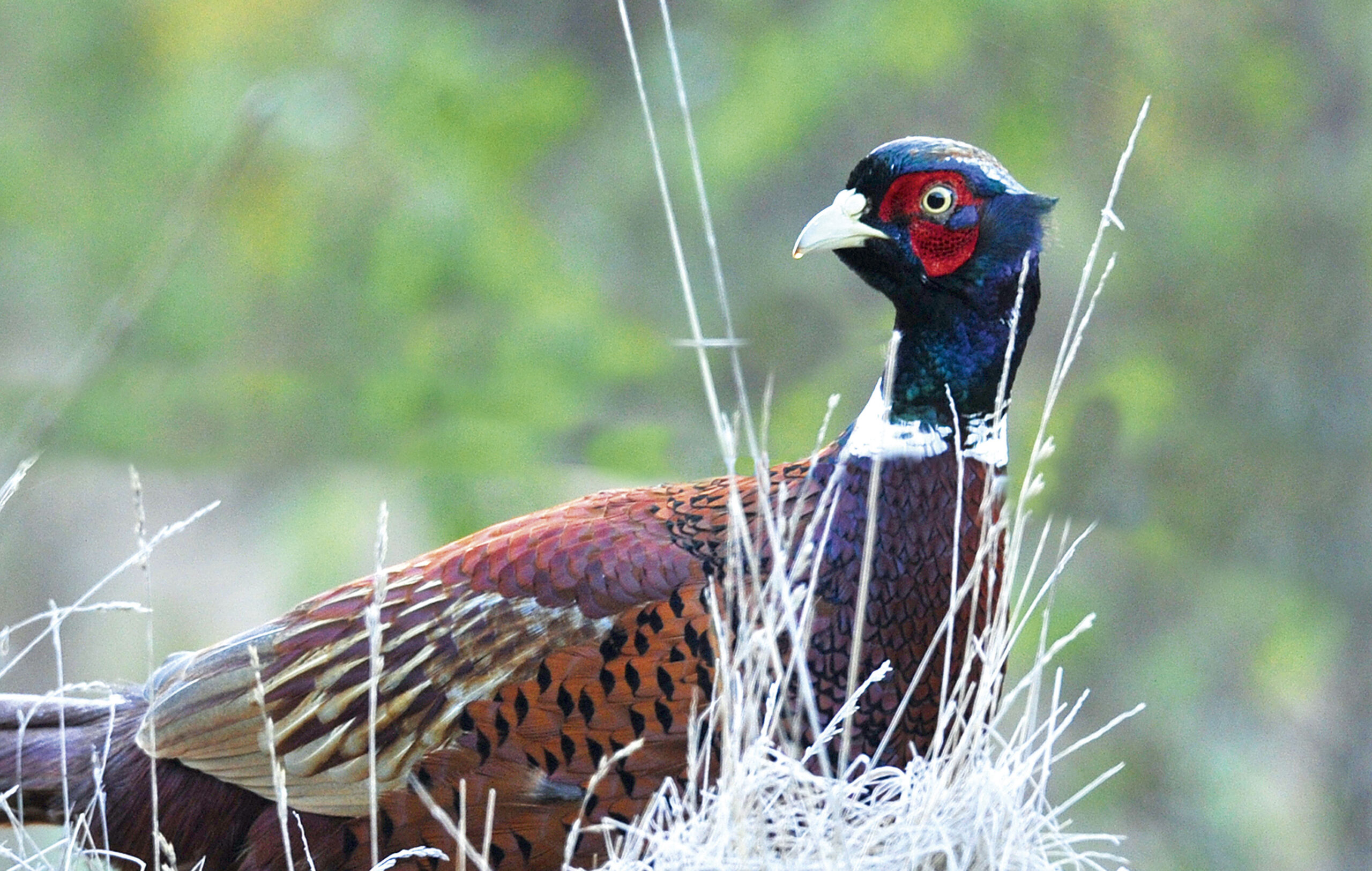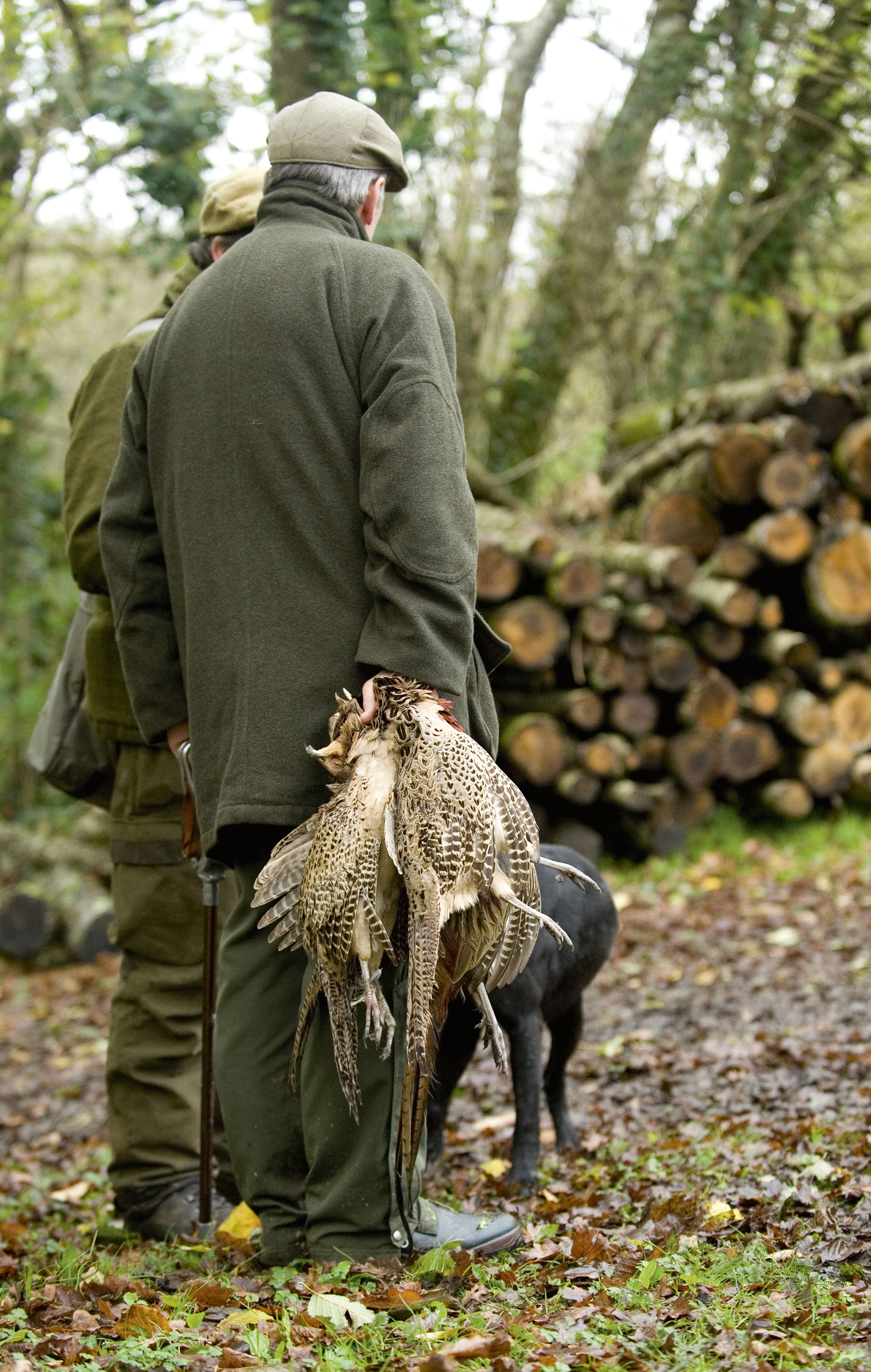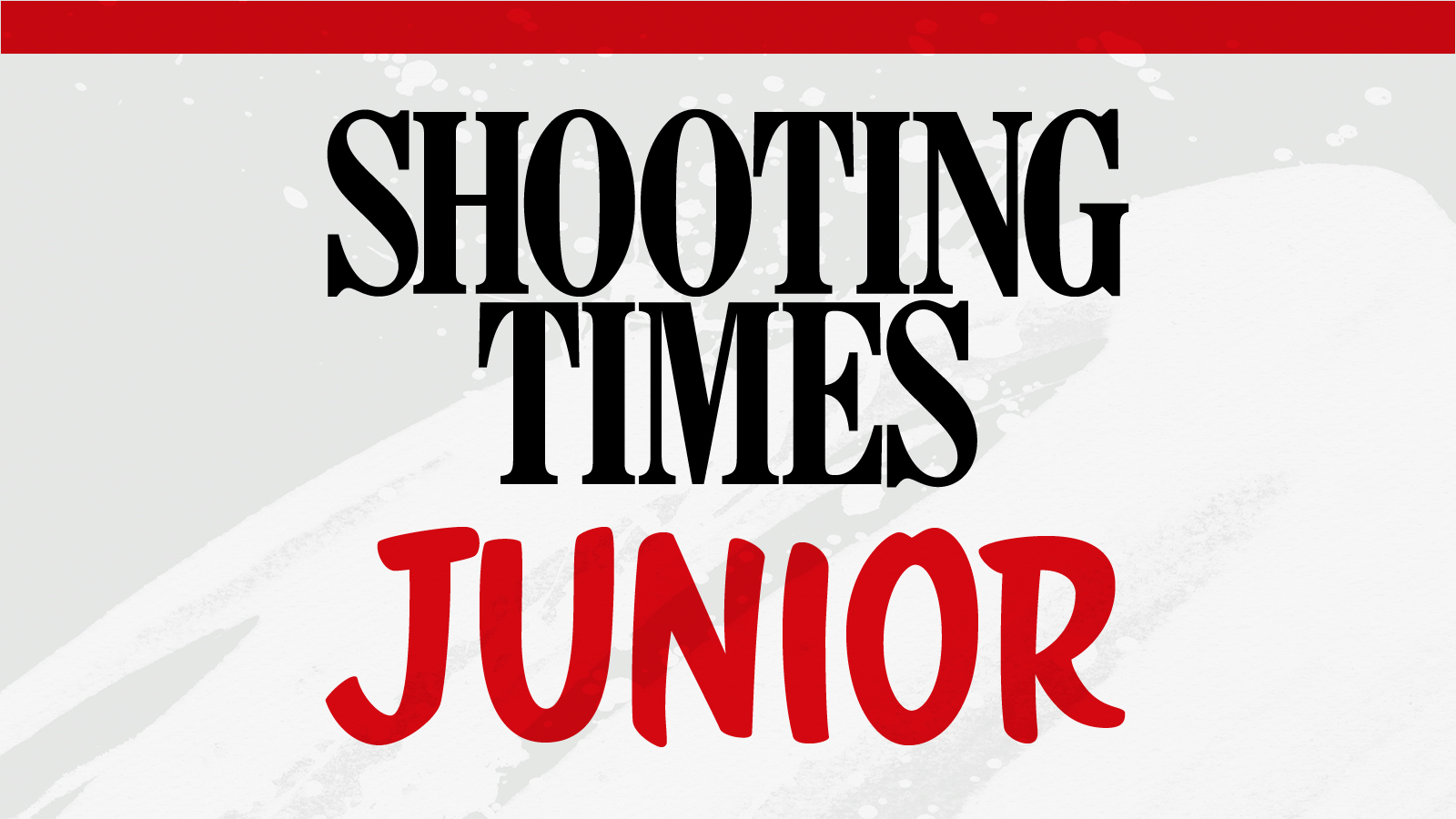Win CENS ProFlex DX5 earplugs worth £1,149 – enter here
Game birds: What happens to the 35,000,000 released yearly?

When it comes to game birds, for many shoots around the UK, last season was one of mixed results, much influenced by the exceptional weather we experienced or, in many cases, suffered. The GWCT put a figure of approximately 35 per cent as the national average return of released pheasants shot but there are enormous fluctuations either side of this percentage.
So what is it that influences results? What, if anything, can we do to improve them? And why are some seasons so much better than others? The weather during and preceding the season plays a great part: cold during the season fills the coverts with game birds and a year of abundant wild food and mild weather spells great difficulty to those shoots with a rather full diary, but what else shaves off that percentage return?
The big four
To start at the point of release, there are four important decisions that need to be made before a single poult goes to wood: the age of the poult, whether or not their wings will be clipped, the release date and what strain of pheasant you want to have.
At six weeks of age your poult should have around six juvenile primary feathers outside the blood quill, feathers that may be cut. Depending upon your pen, wing clipping should hold the majority of poults inside the wire for at least a couple of weeks, enough time for them to acclimatise and associate the pen with food, water and safety from the larger four-legged predators. If poults are much older than six or seven weeks of age then clipping becomes ineffective. But does that really matter?
Certainly in well-wooded counties any talk of near eradication of foxes is nonsense. With the enormous populations of raptors – especially buzzards – it will only be a matter of hours before the first one pays a visit. This in turn will have the effect of emptying most of an unclipped release pen, which at this early stage may spell disaster. Those that are not predated may wander into woodland, cornfields or hay and second cut silage and will not fare well. I know “the law is a cross between a donkey and horse”, but there is very little we can do about the excessive numbers of raptors or indeed badgers. The Royal Society for Procreating its (Bank) Balance is obsessed with them, and hold population increases of raptors as a measure of their great success, preferring to ignore most of the 160+ red and amber list species whose populations are in trouble or free fall. Rather than call for control of the cat they prefer to throw accusations of law-breaking against the tweed-wearing, gun-toting, trap-carrying keeper who is not happy unless he is persecuting something. To point a finger at the cat may cost membership and they cannot have that, can they?
All in the timing…
I know there are exceptions to the rule, but for most shoots a six- or seven-week-old clipped poult has to be the way forward. But what of the release date?
Many years ago the GWCT carried out research into release dates, and aside from the fact these will obviously be influenced by your start date, it would appear early game birds have advantages. The earlier a bird has been released, the longer it will have spent on the beat, the sooner it will return to covert after a shoot day and the more likely it is to hold throughout the season. There are disadvantages, too. Early game birds are costly in manhours and are not really practical for the part-time keeper or short-staffed shoot with a heavy rearing programme. A late harvest will also create problems and much will depend upon individual shoots. However, a couple of weeks is a long time in a pheasant’s life and late game birds are never advisable.
Choices of game birds
What then of the strain? Many game farms have a multiple-choice menu and again different game birds may suit different shoots and their guns. Why choose a small fenland or Kansas bird if your shoot does not require more testing quarry? Yes they eat less, but may well be more difficult to hold. If you really want a disappointing return then go for American blue backs.
We then need to look at the scale of release. How many game birds are right for your shoot? For most if not all shoots a diminishing scale of return exists. A 40 per cent return on 3,000 game birds released does not mean you will enjoy the same for 5,000, even if conditions are held constant. Overcrowding leads to all manner of problems, is wrong for the environment and will inevitably give you a poor return. Sadly, most large-scale commercial shoots are happy to live with this. The holding capacity will obviously differ greatly from one habitat to another but GWCT guidelines should always be followed on both release pen density and numbers per hectare.

The proficiency of those shooting and picking-up should be of the highest possible standard, not least in order to show respect to the quarry.
It goes without saying that pen construction must be right, but the aforementioned release pen density is a major influence upon disease and it is not difficult to lose 10 per cent or more from a population whilst they are still in or around the pen. Going to wood is stressful and stress causes disease, so have an ACS (anti-coccidiostat) in the food, plenty of hoppers and fresh water, a good vet and react to early disease signs immediately. Even with the best of husbandry disease may still be costly, poor weather conditions do not help either, so good vigilance is essential.
Trouble with the neighbours?
Dogging-in is so very essential, especially with neighbours who smother their shoot with hoppers and cover crops yet release only a small number of game birds. Most large shoots have parasites and though constantly pushing back wandering poults is so dreadfully non-productive and time costly it does help keep your game birds at home. For some reason the grass always seems to be greener on the neighbour’s shoot and if that neighbour is out to gain another’s game birds it can be costly in percentage lost.
I am sure there is not a single shoot manager who is unaware of the internal combustion engine when game birds cross a busy road. “As thick as a pheasant” would make a rather good description of them when faced with traffic, losses may be substantial and from a safety aspect there is often little to be done about roadside game birds. No one in their right mind would site release pens any closer to a road than is absolutely necessary, and equally, many years ago I experienced high losses from trains.
How good are your guns?
Without doubt one of the largest influence upon percentage bag return is the accuracy of your guns. If you are one of those shoots that claims to have made an art out of driving out-of-range game birds over acute contours then frankly what do you expect? If your cartridge-to-kill ratio is in the region of 14:1 then your percentage return is always going to be poor. The great question here is that if you are returning a percentage of shot to released game birds that is under 30 per cent, what is really happening to the other 70 per cent?
The GWCT has a cheese diagram from research carried out well over 30 years ago showing where the percentage losses disappear to. It is now well beyond its sell by date but I would be very surprised if it has not carried out far more recent research into percentage losses (not that I’ve seen any). Is it that any results of today’s losses are simply too bad to print? Are we just choosing not to look at the percentage of game birds lost to wounding or indeed disease?
Change for the worse?
In my lifetime shooting has changed beyond recognition. We have people from all walks of life enjoying a very fine traditional pursuit of game birds, just as I did when I started shooting over half a century ago. The difference is I and others at that time were thoroughly schooled in all things wildlife and shooting. Today as one who manages a shoot I have witnessed first-hand the newcomers with no previous schooling, experience or knowledge in anything to do with either shooting or the countryside. Some doubtless go on to be fine shots but know little of their quarry and care even less. For them there is no such thing as being out-of-range, no desire for a clean kill and no intention of collecting what they shot. Money speaks and there are plenty of fine shoots only too eager to welcome them with no questions asked.
I truly have no idea what percentage of game birds are left behind with a pellet inside them. I am pretty sure the number is substantial and if the GWCT has not studied this then it is well past time that it should. Furthermore, it should also carry out a study upon the percentage of game birds clean killed as opposed to just bought down and despatched. Let the shoots specialising in providing out-of-range quarry stand up to scrutiny – we deal in fieldsports not field cruelty, and if our sport is to survive long-term then we need to minimise wounding and maximise the clean kill. I often wonder why so few guns seem to care about a wounded bird yet express horror at the thought of wounding a deer. Is it the complete lack of facial expression from a pigeon or pheasant that causes such disregard? True that when a doe rolls her eyes back and the whites of terror look at you as you sink a knife in to bleed and despatch it is upsetting, but why more so than a hen pheasant in the mouth of a labrador with a broken wing and leg? Perhaps if they cried like a hare rather than suffered in silence people would be more tempted to only shoot within their capability.
Naturally, good pickers-up and plenty of them are essential both in terms of animal welfare and returns. Furthermore, that in woodland they start to pick-up immediately and collect during the drive is simply non-negotiable. I quite understand some guns wish to use their dogs. That is wonderful and they are to be applauded, but the collection of runners comes first. In a woodland drive a wounded pheasant may be long gone by the time the final whistle is blown.
Topography, woodland, cover crops and last, but far from least, gamekeeper competence will all greatly influence the results. The above list is perhaps not complete, but it certainly does give food for thought. Where exactly are 650 game birds out of every 1,000 disappearing to from our shoots, or to put it another way, what happens to 22.75m of the 35,000,000 game birds released annually?
Related Articles
Get the latest news delivered direct to your door
Subscribe to Shooting Times & Country
Discover the ultimate companion for field sports enthusiasts with Shooting Times & Country Magazine, the UK’s leading weekly publication that has been at the forefront of shooting culture since 1882. Subscribers gain access to expert tips, comprehensive gear reviews, seasonal advice and a vibrant community of like-minded shooters.
Save on shop price when you subscribe with weekly issues featuring in-depth articles on gundog training, exclusive member offers and access to the digital back issue library. A Shooting Times & Country subscription is more than a magazine, don’t just read about the countryside; immerse yourself in its most authoritative and engaging publication.







